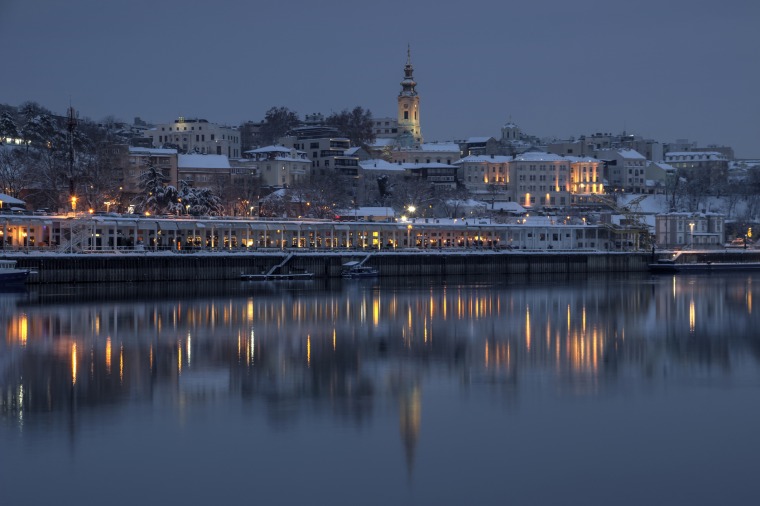
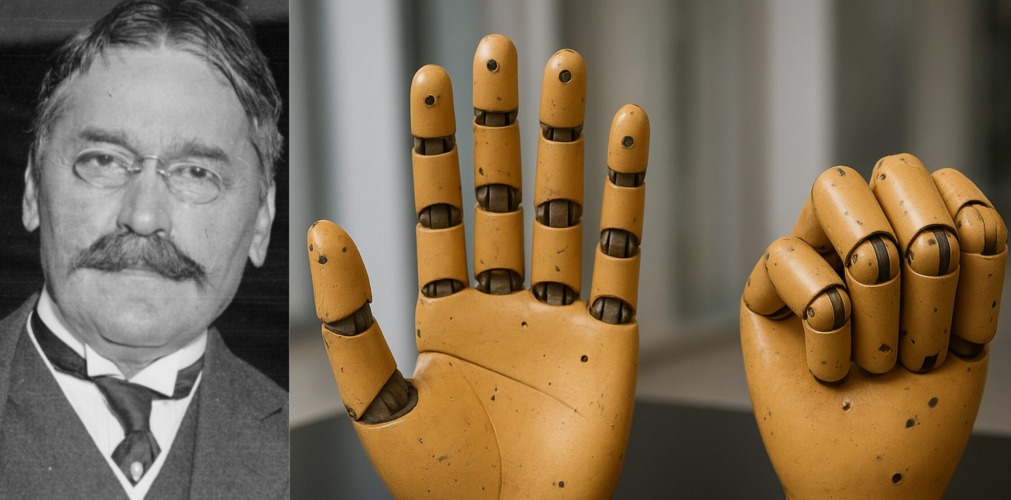
At a time when robotics was still only a distant dream, something extraordinary was happening in a laboratory in Belgrade. At the “Mihajlo Pupin” Institute, in the late 1960s, a team of visionary scientists created the world’s first functional bionic hand with all five fingers — a groundbreaking invention known internationally as The Belgrade Hand.
The Pupin Institute – Where a Futuristic Vision Was Born
Led by Professor Rajko Tomović, a young research team entered an unexplored field of humanoid robotics. Yugoslavia was investing heavily in science and innovation, yet few expected that Belgrade would become a global center of bionic technology.
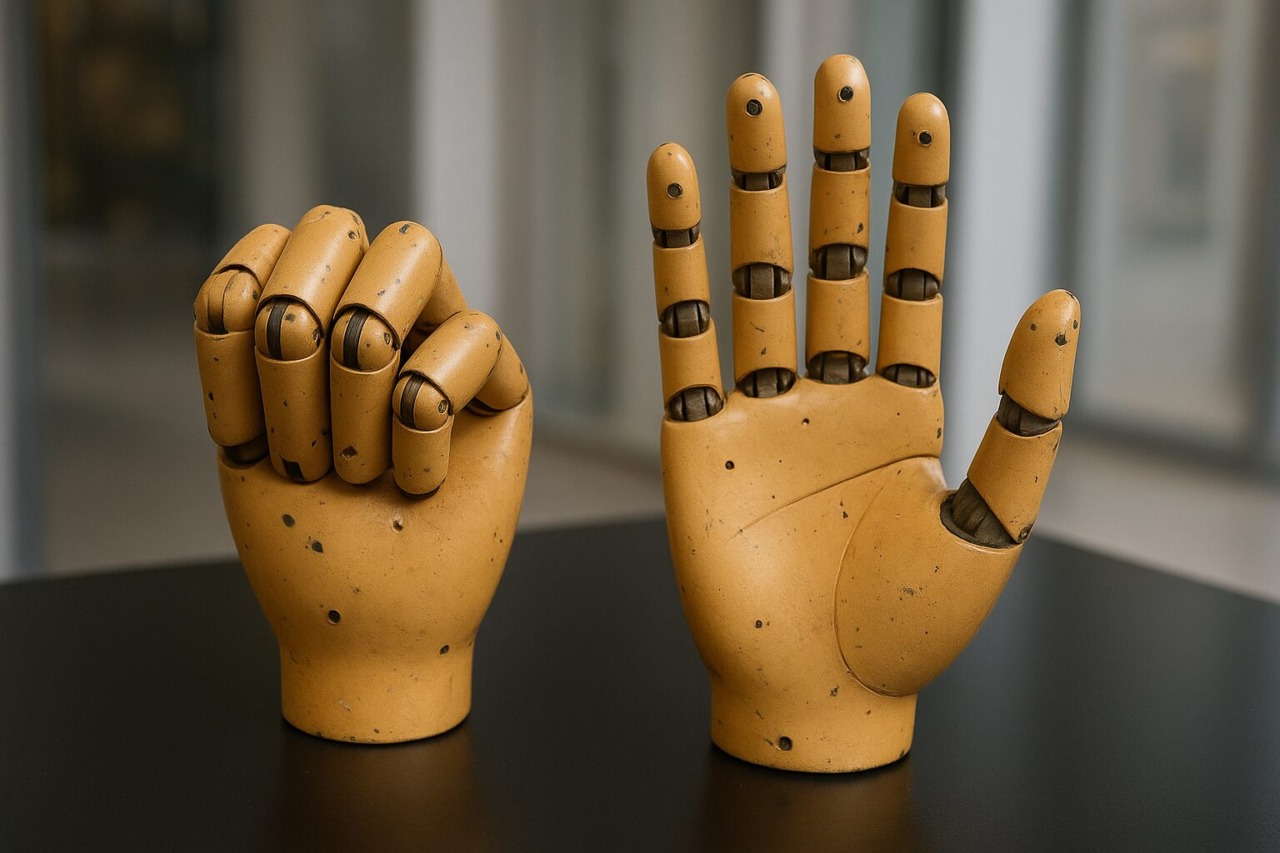
Tomović’s ambition was bold: to build an artificial hand that behaves not like a mechanical tool, but like a natural extension of the human body.
The Belgrade Hand – Five Fingers, Touch Sensors, and Myoelectric Control
What made this invention revolutionary was its level of precision and its ability to mimic the natural motion of a human hand.
Key innovations of the Belgrade Hand:
- Five fully functional and independently driven fingers
- Integrated tactile sensors capable of detecting pressure and touch
- A myoelectric control system reading muscle signals from the user’s remaining limb
- Multiple grip types, from delicate pinching to full-hand grasping
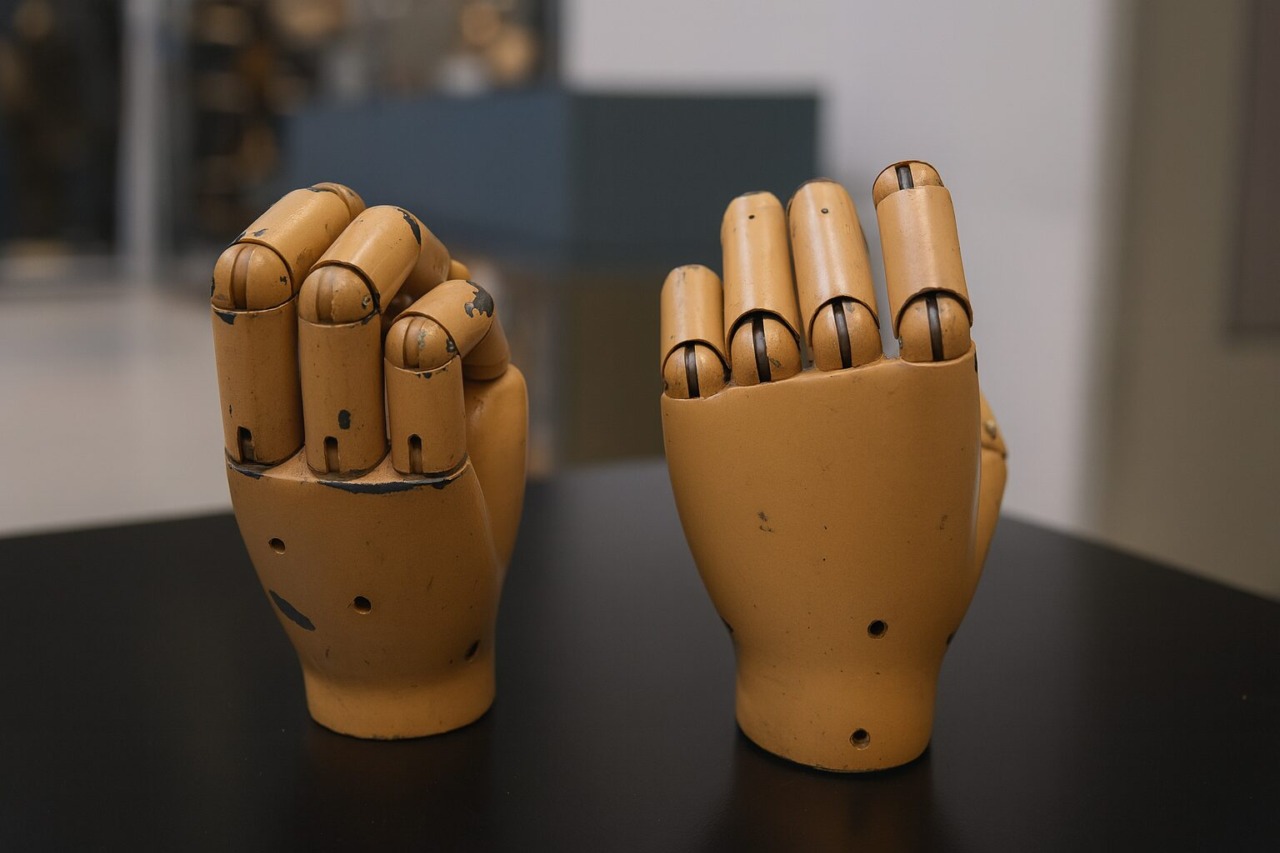
Unlike existing prostheses of that era, which usually had just two mechanical claws, the Belgrade Hand could: hold a glass, gently grasp fragile objects, perform both complex whole-hand movements and precise finger actions. It was, without exaggeration, the world’s most advanced prosthetic hand at the time.
Following its presentation, research teams in the United States, Japan, and across Europe began studying this unprecedented invention. Some reports indicate NASA reviewed its principles, while Japanese robotics laboratories openly acknowledged its influence on early humanoid designs.
Yugoslavia proved it could stand alongside the world’s most technologically advanced nations.
Serbia – The Cradle of Robotics in the Region
The Mihajlo Pupin Institute soon became a symbol of scientific progress. Beyond the Belgrade Hand, the institute produced Yugoslavia’s first industrial robots, automated manipulators, and pioneering cybernetics systems.
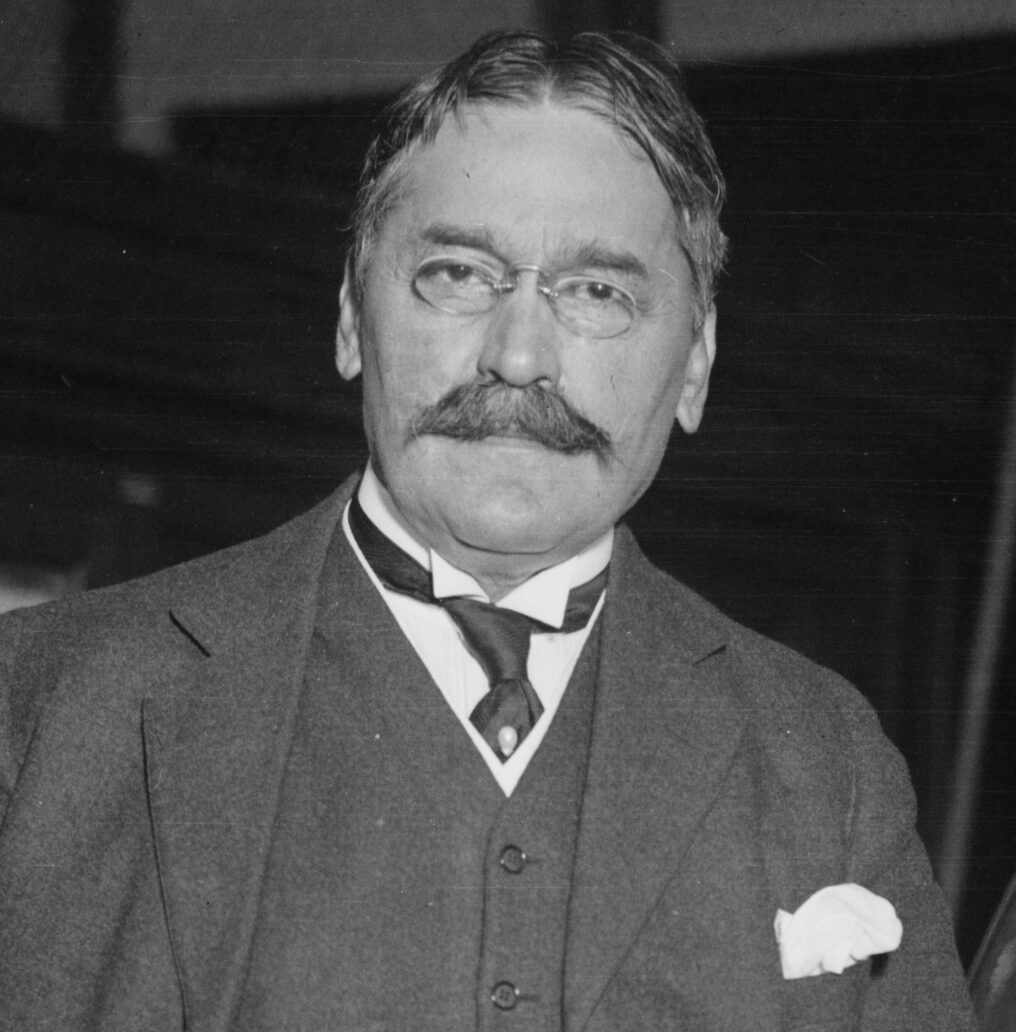
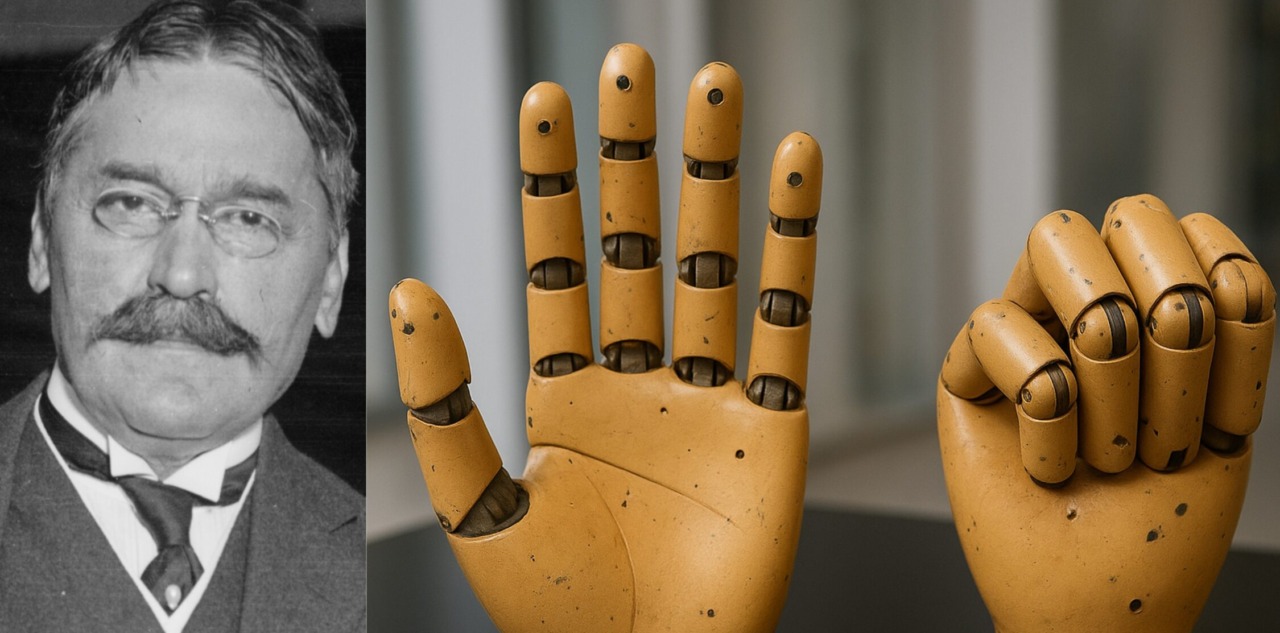
This legacy is the reason many experts still call Serbia the cradle of robotics in this part of Europe — a legacy that began with the Belgrade Hand.
Why This Story Matters Today
In an age defined by artificial intelligence and modern bionics, the story of the Belgrade Hand reminds us that Serbia once stood decades ahead of global innovation.
It is a story of knowledge, courage, and imagination — one that deserves to be retold and to inspire new generations of scientists.
Related Articles


What to Do with Kids in Serbia: Family-Friendly Holiday Ideas
December 14, 2025
Winter Wine Escape: Serbia’s Most Beautiful Holiday Wineries
December 11, 2025